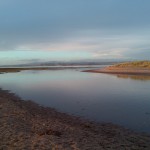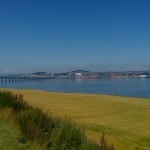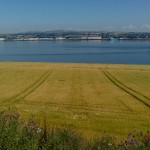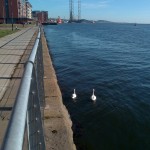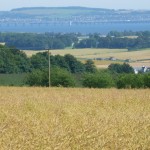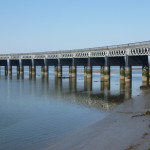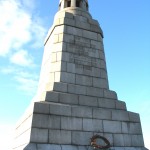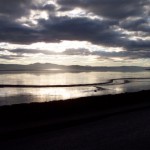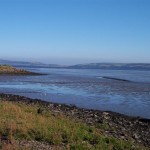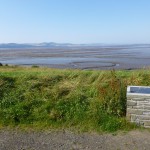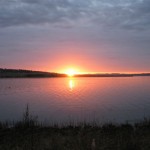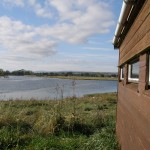Current Tay tide and Met information (courtesy of Forth Ports Ltd) HERE
Tay Estuary Coastal Environment: An introduction
The Tay Estuary is recognised as one of the least developed and least polluted estuaries in Europe and is a benchmark for sustainability. The diverse TEF coast spans areas of exposed rocky cliffs (e.g. at Arbroath), extensive dune systems, wide sandy beaches (e.g. Lunan Bay) and sheltered estuaries, all of which help to support a wealth of habitats and a diverse range of species, resulting in nationally and internationally important populations and site designations. Overall, current environmental and economic demands are well-balanced in the region and have created, and sustain, high levels of amenity and water quality (TEF Management Plan 2009-2014).
There are three major estuaries within the TEF region, the Inner Tay (12,265 ha), Montrose Basin (842 ha) and the Eden Estuary in Fife (1047 ha). The Tay drains the largest area of any river in Scotland and has the highest freshwater inflow of any estuary in Britain. Montrose Basin, at the mouth of the River South Esk, is one of the finest examples of an enclosed estuarine basin in the UK.
The Tay Estuary has the largest continuous stand of reed in Britain (410 ha) and Tentsmuir Point and Barry Buddon support extensive sand dune systems. The Rivers Tay and South Esk are renowned as some of the UK’s most important spawning sites for Atlantic Salmon and hold large populations of the endangered Freshwater Pearl Mussel. There is an internationally important Common Seal population in the Tay Estuary and Otters and Sea Eagles are making a successful return to this part of the East coast of Scotland.
The coastal region is famous for its many, award-winning golf courses (e.g. at Montrose, Monifieth, Carnoustie, Kingsbarns to name but a few) and of course, St Andrews, the home of Golf.
TEF region National Nature Reserves: Tentsmuir NNR, St Cyrus NNR
TEF region Local Nature Reserves: Broughty Ferry, Eden Estuary, Inner Tay Estuary, Montrose Basin
